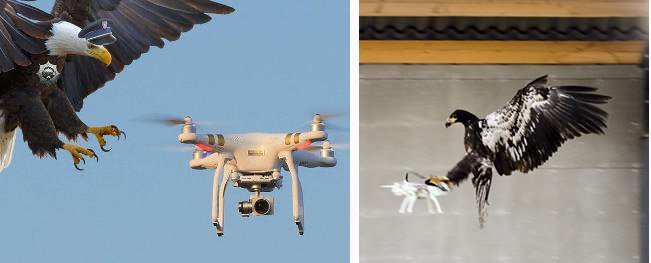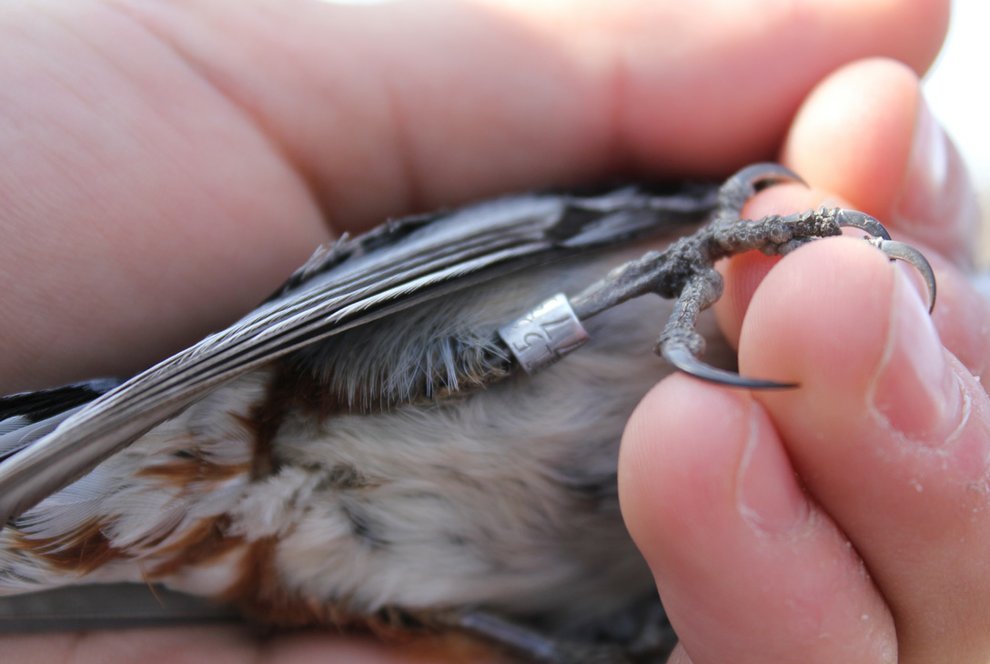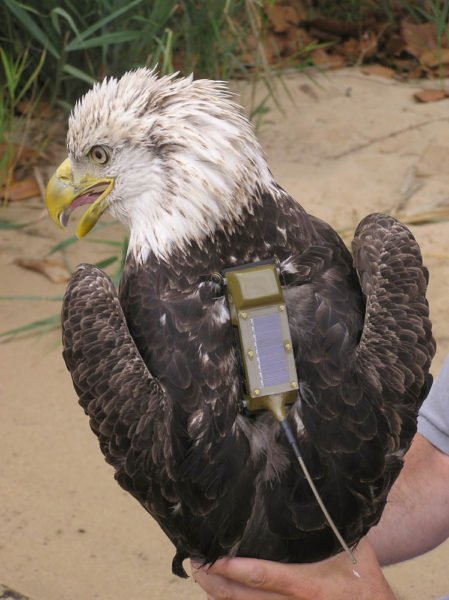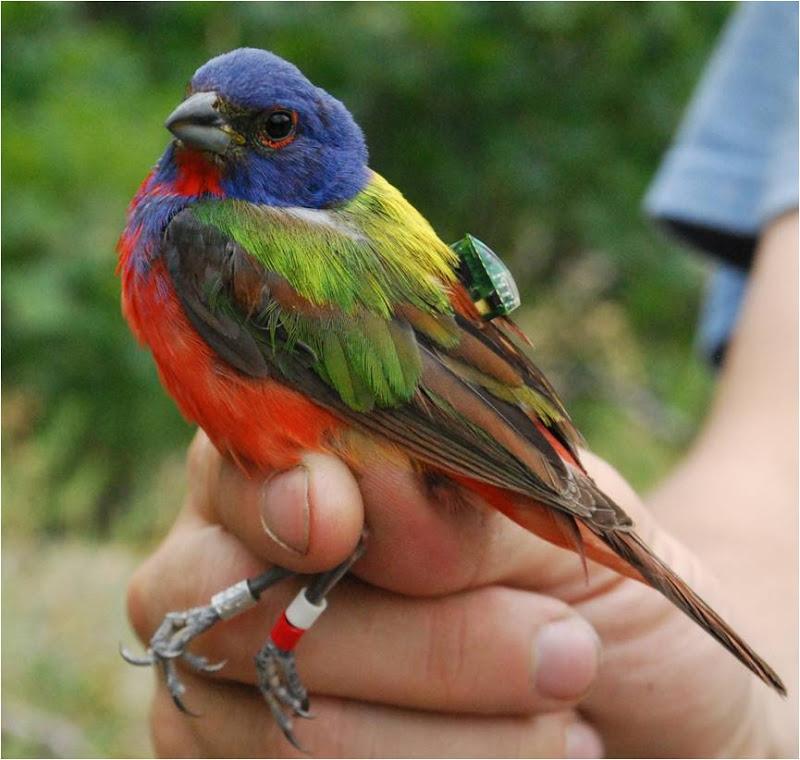It’s difficult to track birds over their yearlong journeys and migrations. Scientists use the sun as a reference to figure out where these birds actually go!
For thousands of years, people wondered where birds went for certain parts of the year. There were many theories that tried to explain their apparent disappearance into thin air, including death by the wrath of God – or even ascension into heaven!
Certain people in medieval times also believed that some species were stuck in frozen lakes and could only come out once the lake thawed. There are records of people claiming that the birds went to the moon. We now know that these theories are false, but the true information was very difficult to acquire.

These ‘disappearing’ birds generally migrate to other parts of the world in order to escape harsh weather and mate with others in their species. However, the place where these birds went was a mystery to scientists. It’s not like they could follow these birds to their destination or even send out a drone to fly alongside them and thoroughly invade their privacy.

A Simple And Old Method To Track Birds’ Migration
Around 1900, a Danish teacher had an idea. He attached marked aluminum rings to the bird’s legs, after which he released them back into their daily lives. When these birds were recaptured or sighted, their location would get recorded, giving people some clue as to their migration trajectory.
The first real proof of migration was observed years later when a White Stork banded in Hungary was found dead in South Africa. The technique of banding the birds is pretty rudimentary, as it tells researches only some of the places that a bird has been to and not the whole path that it had traversed.
Fortunately, the tagged birds were declared to be ‘fashion icons’ by their fellow birds and now lead flamboyant and luxurious lifestyles. True story.

Also Read: How Do Birds Migrate Over Thousands Of Kilometers Without Ever Getting Lost?
Transmitter Tied To The Bird’s Body
This problem seemed to have been resolved in 1984 when researchers in the USA captured a Bald Eagle and fitted it with a transmitter that relayed its location to satellites orbiting the Earth.
The reason why the Americans used a Bald Eagle is quite self-explanatory in itself, but the fact that these birds are big enough to fly even with the added weight of the transmitter certainly helped. As you might realize, the transmitters were pretty heavy with a very short battery life, thus disqualifying their use on smaller birds.
Also Read: Why Don’t Migratory Birds Get Tired Of Flying?
Migration Tracking System
GPS devices were much smaller because they receive signals from satellites, rather than transmitting them. This allowed for the use of GPS on small birds, like doves, but they were still quite heavy for songbirds. If the birds couldn’t even fly, there was no point in observing their ‘flight’ patterns.

It took some time for researchers to have their next breakthrough, when they realized that they didn’t need to use satellites at all! Instead, they fitted the birds with a tiny sunlight intensity recorder. This recorder had a built-in clock and a memory chip to store the information.
This ‘migration tracking system’ ultimately weighed less than a gram, which meant that even small songbirds could easily fly with it. How these recorders are used to understand migration is similar to ancient navigational techniques.
The intensity of sunlight changes with respect to the time of day, as well as location. The length of each day is an indicator of latitude, while the time halfway between sunrise and sunset (noon) is indicative of the longitude. The clock in the recorder would measure the duration of a day, while the light intensity recorder would calculate the ‘time’ of noon at a particular location.
This data could be used to interpolate an approximate longitude and latitude; using this, we could track the complete trajectory of a migrating bird.

What Do We Learn By Tracking Birds’ Migration Patterns?
These recorders – or more appropriately, ‘Geo-locators’ – have helped researchers understand bird species better than ever before. For example, the Arctic Tern is credited with having the longest migration on Earth. It was believed that it completed a trip of 40,000 kilometers between the Arctic and Antarctic every year.
However, more recent findings using Geo-locators revealed that these birds actually cover more than twice this distance annually! Scientists think that they might be doing this to take advantage of the prevailing winds and thus reduce strain during their long journeys.
Anyways, that longer route means that the Arctic Tern flies roughly 2.5 million kilometers in a lifetime, which is about the same as taking three round trips to the moon!

The exact nature of migration goes a long way towards understanding animal behavior. Researchers not only look at the animals’ migration pattern, but also what is between Point A and Point B to determine if a species is moving to new locations based on food density, changes in water temperature, or the animal’s ability to adapt to these changes.
If you are interested in how a bird decides where it needs to migrate, you might want to read this article here. Additionally, if you’re wondering why dogs don’t migrate, it’s because their time is better spent wondering who’s a good boy.
How well do you understand the article above!

